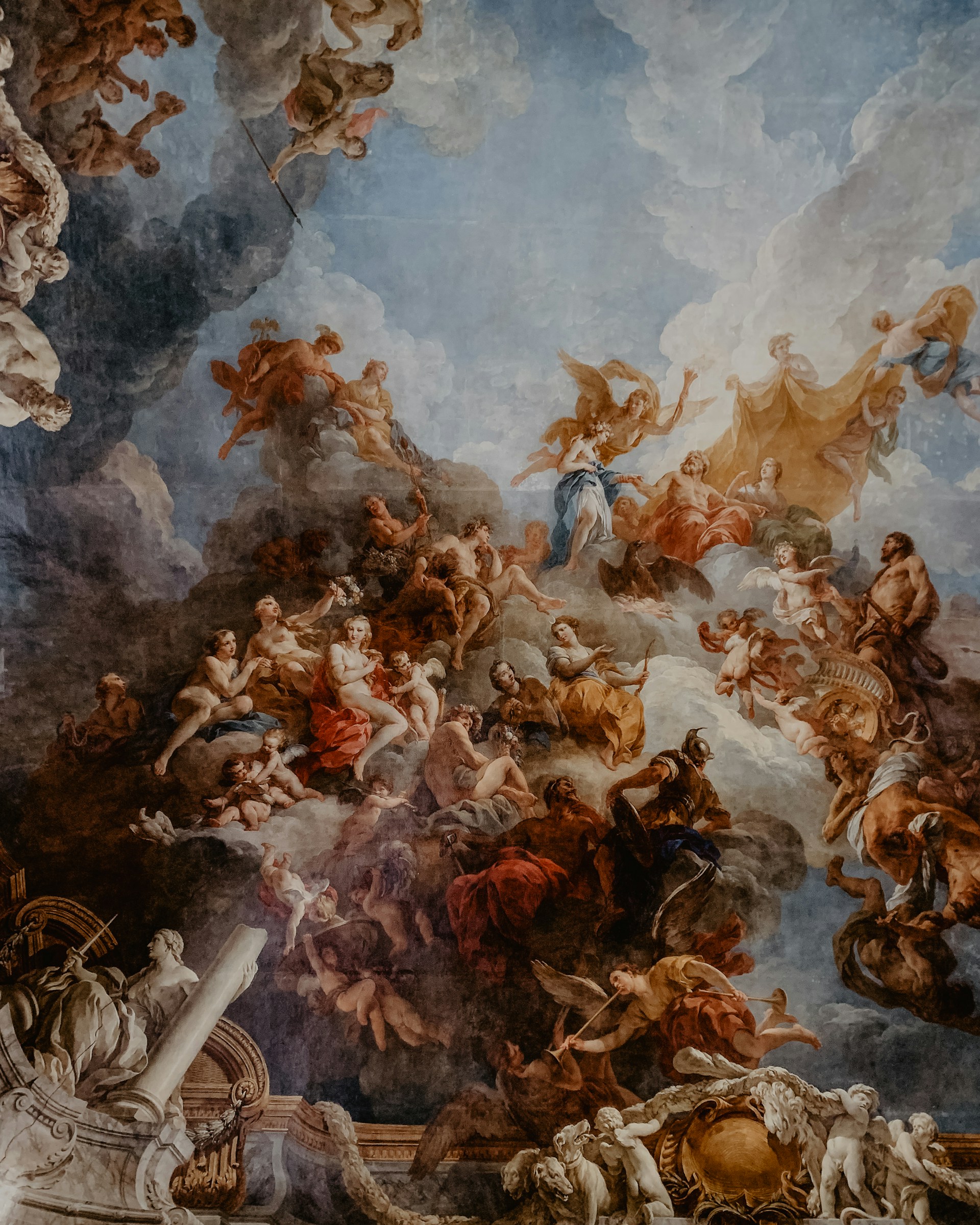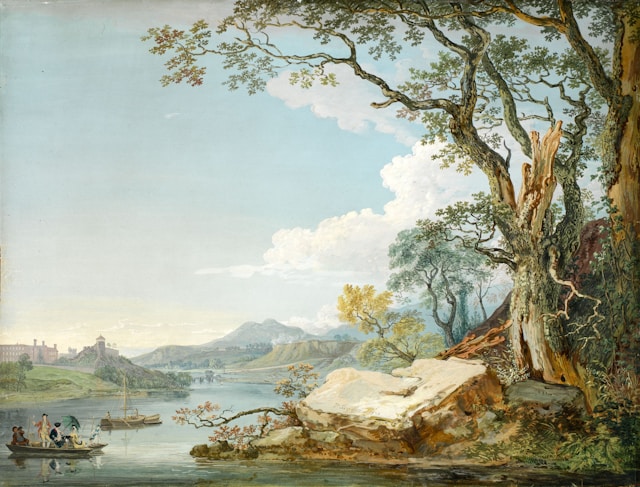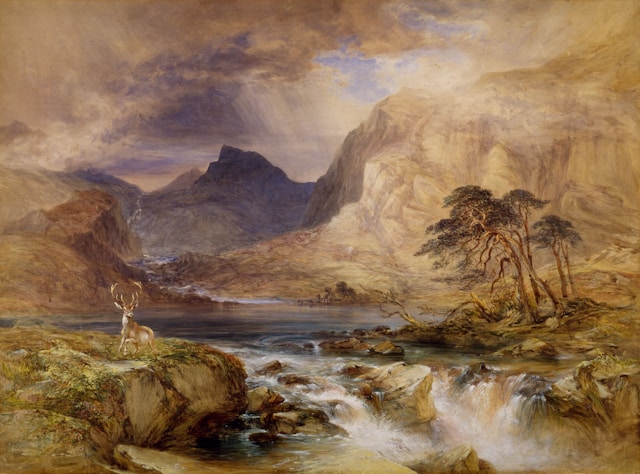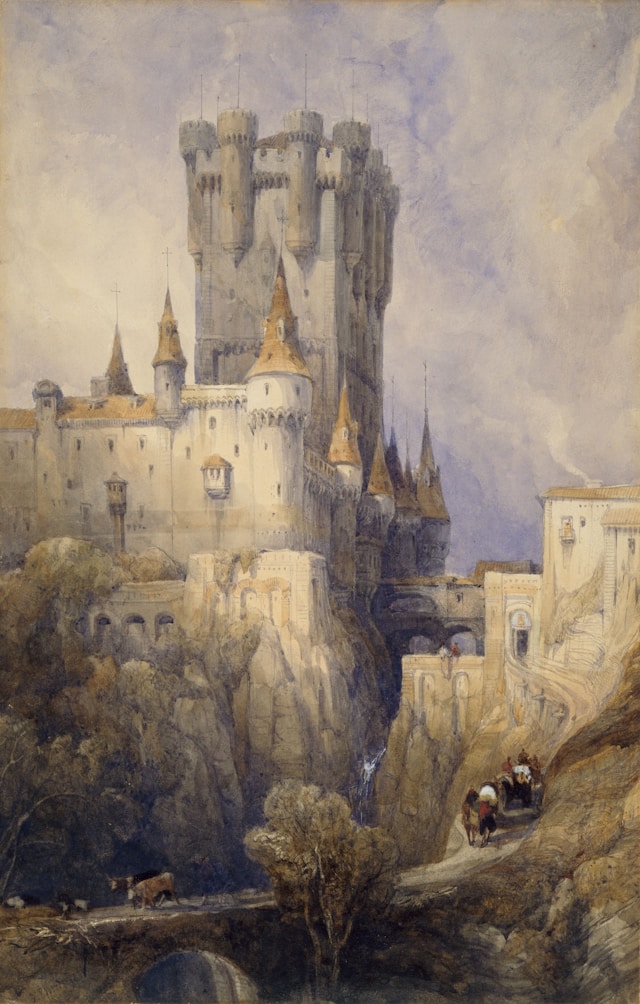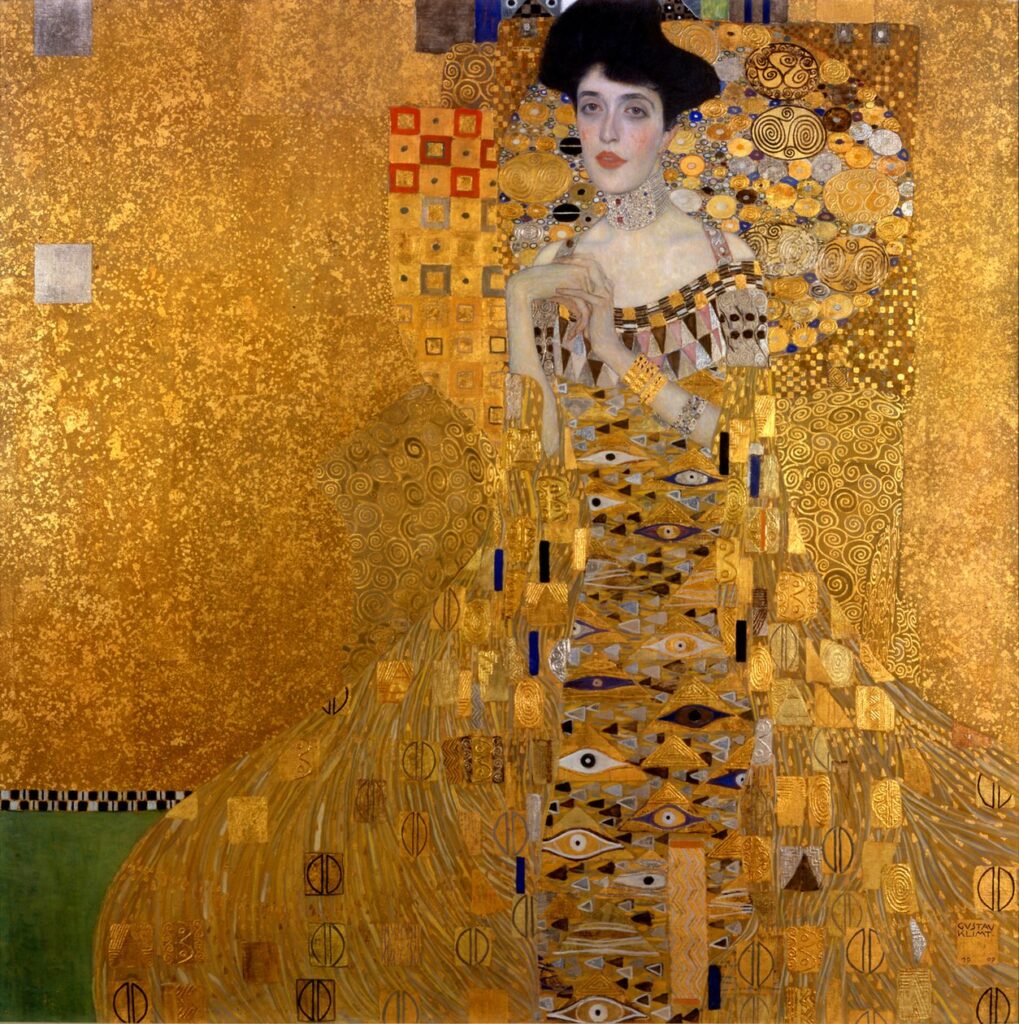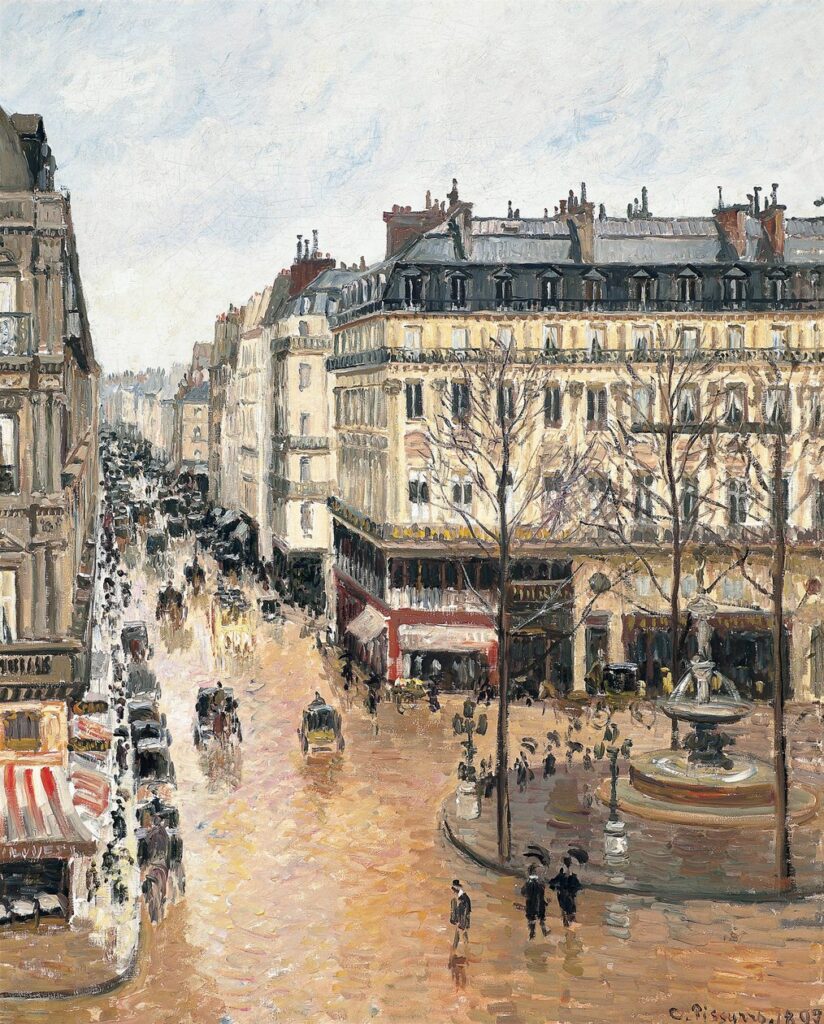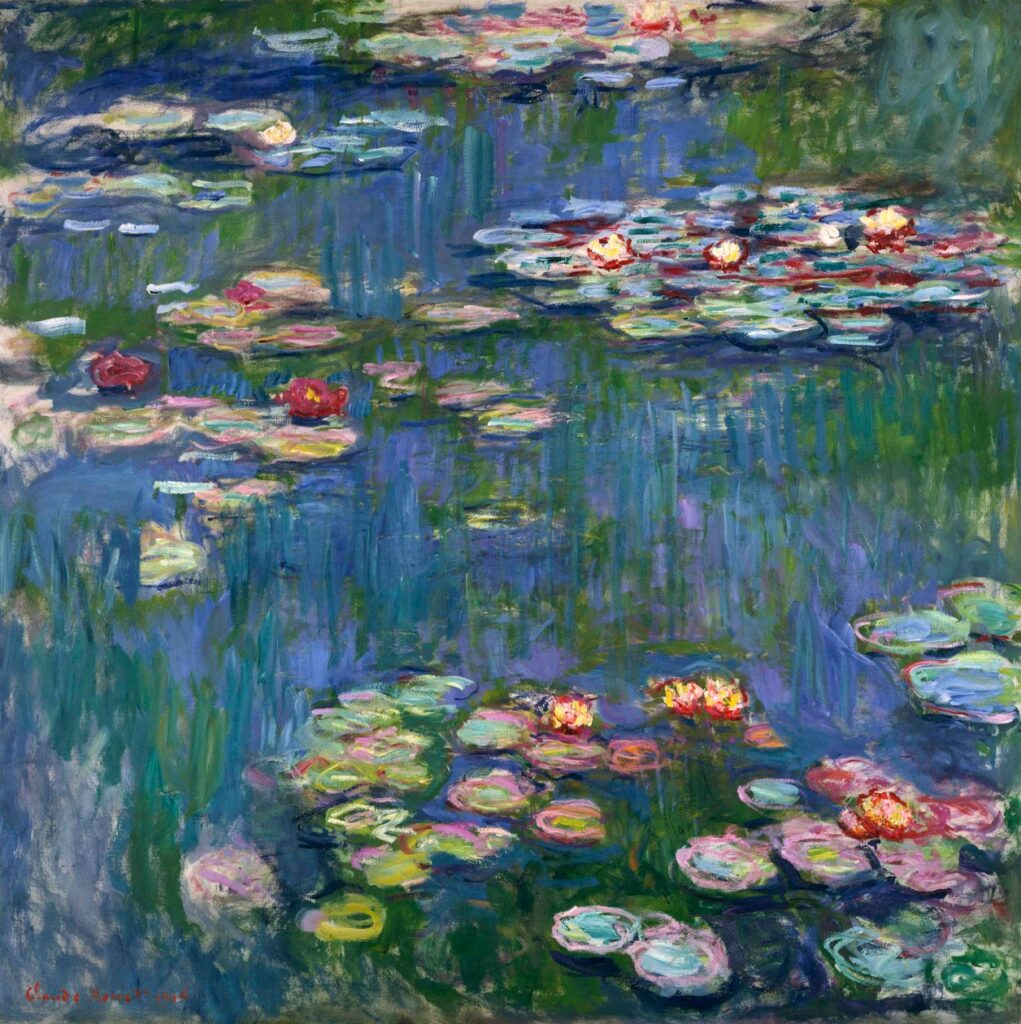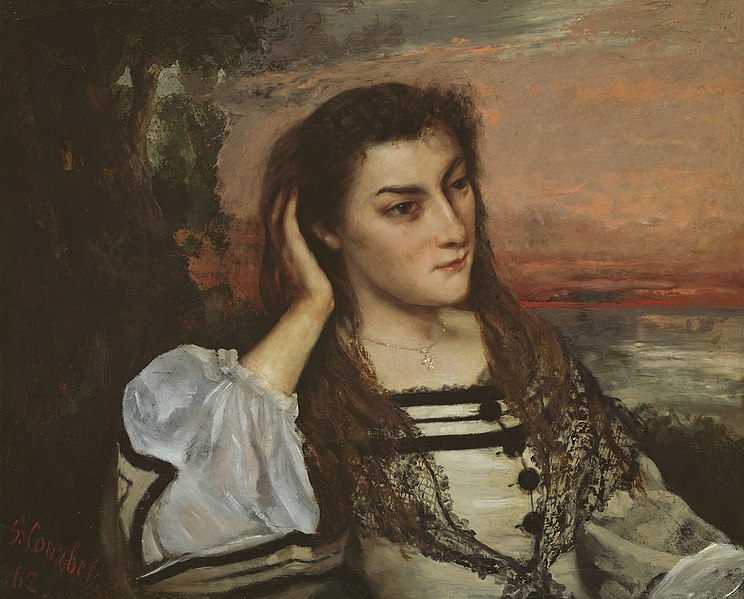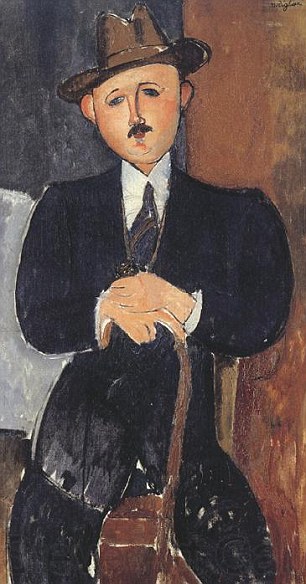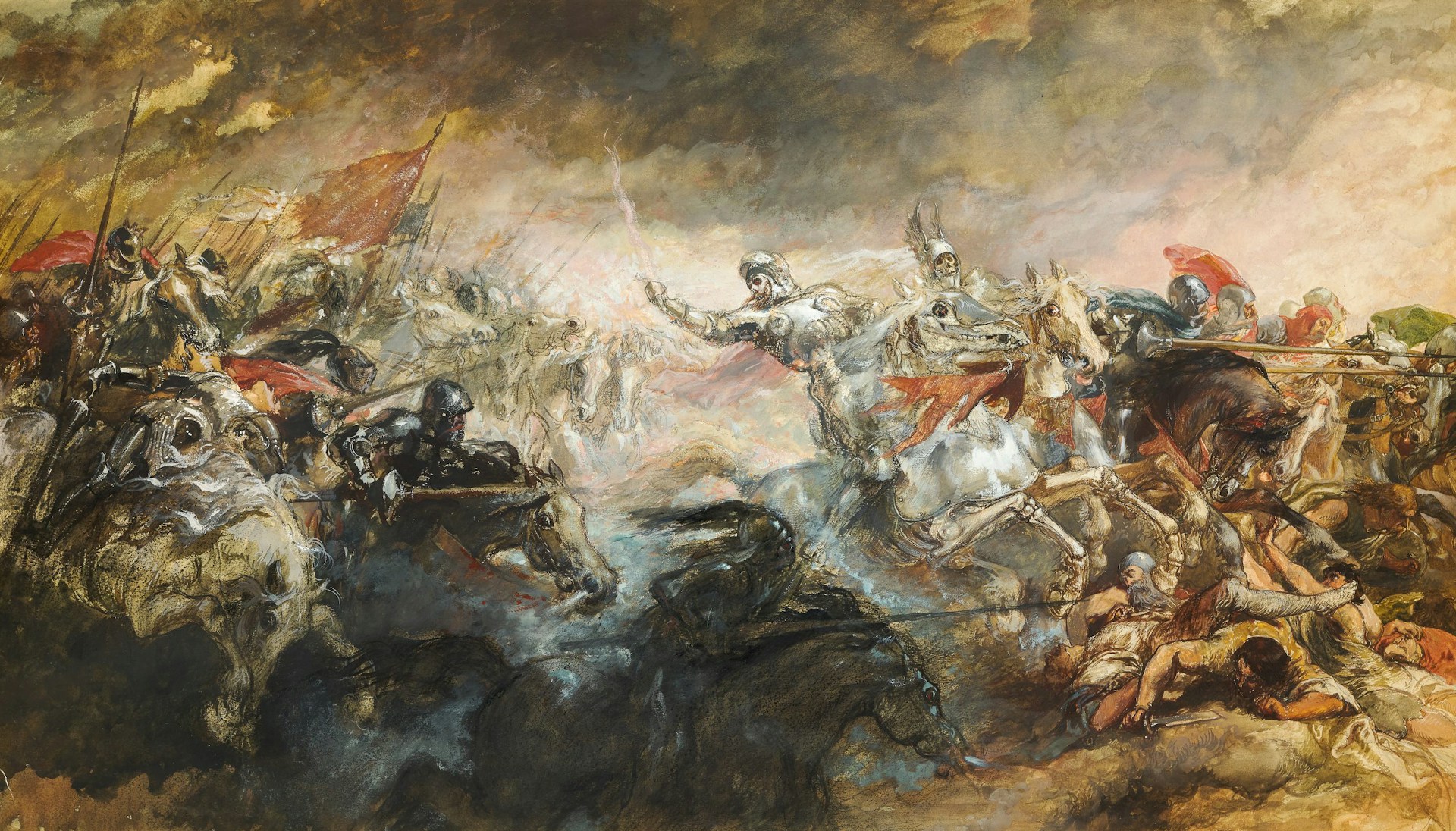Recent Posts
-
Expert opinion find Kirchner’s “Berlin Street Scene” painting was correctly returned to Hess heir
The historian Dr. Monika Tatzkow and the Berlin attorney Gunnar Schnabel, authors of the well known art restitution treatise “Nazi Looted Art – Worldwide Art Restitution,” were asked by the heir of Hans Hess to prepare an independent historical and legal expert opinion regarding the historical facts and legal analysis…
